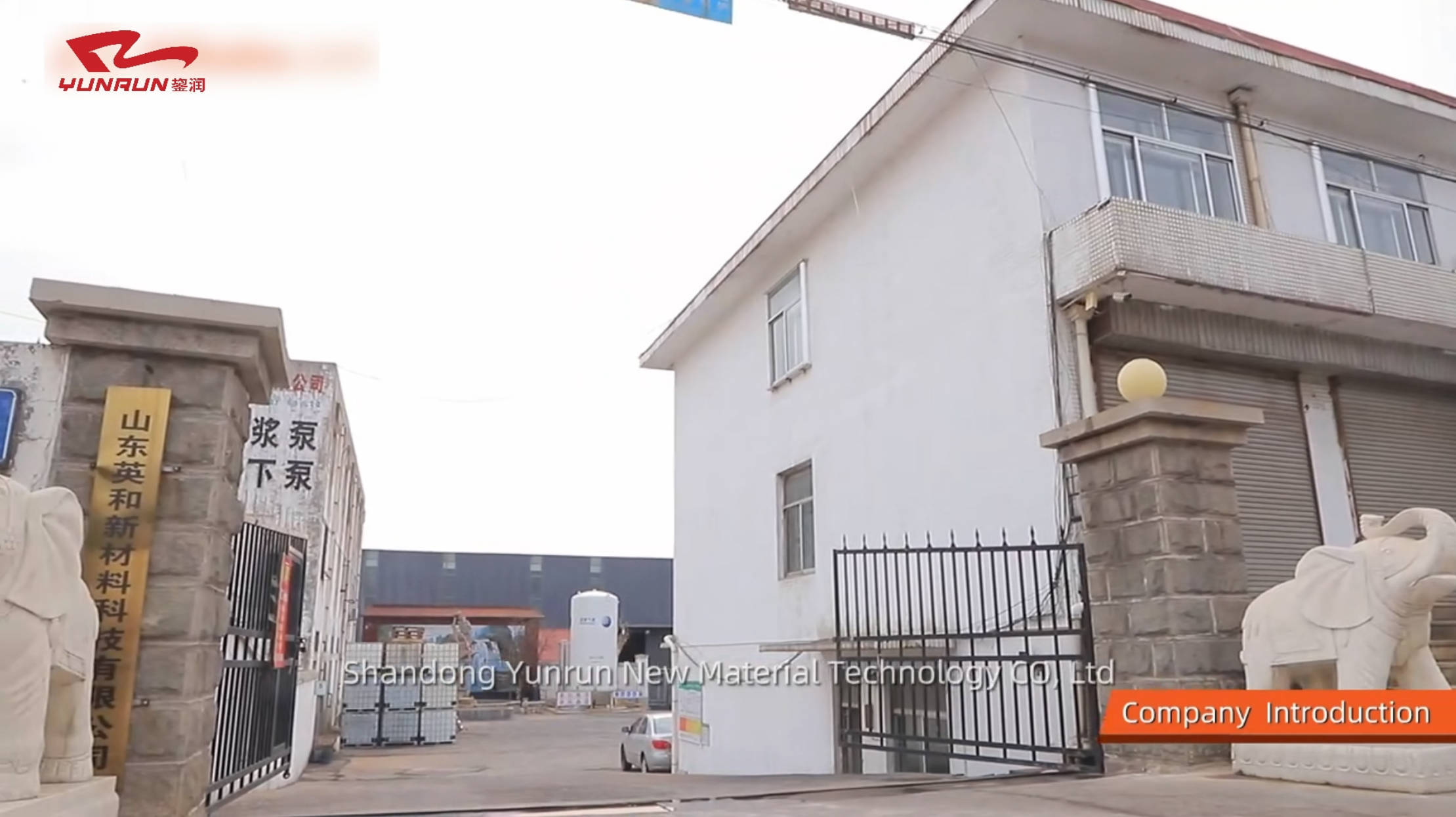Understanding Low Modulus Polyurethane Sealants: Properties and Applications
Low modulus polyurethane sealants are a specialized type of adhesive designed to provide flexibility and durability in a variety of applications. Unlike high modulus sealants, which are rigid and less flexible, low modulus sealants are characterized by their ability to accommodate movement and deformation without losing their integrity. This makes them especially useful in scenarios where joints o
Nov 25,2025
Low modulus polyurethane sealants are a specialized type of adhesive designed to provide flexibility and durability in a variety of applications. Unlike high modulus sealants, which are rigid and less flexible, low modulus sealants are characterized by their ability to accommodate movement and deformation without losing their integrity. This makes them especially useful in scenarios where joints or materials are subject to expansion, contraction, or vibration.
One of the primary advantages of low modulus polyurethane sealants is their excellent adhesion to a wide range of substrates. They bond well with materials such as metals, plastics, glass, and concrete, making them suitable for construction, automotive, and industrial applications. Their strong adhesion properties ensure that they form a reliable seal that can withstand harsh environmental conditions, including temperature fluctuations, moisture, and UV exposure.
Another significant benefit of low modulus polyurethane sealants is their flexibility. They can stretch and compress, allowing them to absorb stress caused by movement or temperature changes. This flexibility is especially crucial in construction applications, where building materials expand and contract due to thermal changes. By using low modulus sealants, builders can prevent cracking and ensure long-lasting seals in joints and seams.
Low modulus polyurethane sealants also exhibit excellent resistance to chemicals and weathering. This makes them ideal for outdoor applications, where exposure to rain, sunlight, and temperature extremes can compromise the integrity of less durable materials. Additionally, many low modulus sealants are designed to be paintable, allowing for aesthetic integration into a wide variety of designs and finishes.
In terms of application, low modulus polyurethane sealants are typically easy to work with. They can be applied using standard caulking guns and often require no special tools for installation. The curing process varies depending on environmental conditions, but most sealants cure by reacting with moisture in the air, making them convenient to use in various climates.
When choosing a low modulus polyurethane sealant, it's essential to consider the specific requirements of your project. Factors such as the materials involved, the expected movement in joints, and environmental conditions will influence the performance of the sealant. Consulting with professionals or reference materials can help in selecting the right product for optimal results.
In summary, low modulus polyurethane sealants are a versatile and reliable solution for sealing and bonding needs across multiple industries. Their flexibility, excellent adhesion properties, and resistance to environmental stressors make them an ideal choice for projects requiring durable and long-lasting seals. Understanding the characteristics and applications of these sealants can greatly enhance your decision-making process in selecting the right materials for your specific requirements.
One of the primary advantages of low modulus polyurethane sealants is their excellent adhesion to a wide range of substrates. They bond well with materials such as metals, plastics, glass, and concrete, making them suitable for construction, automotive, and industrial applications. Their strong adhesion properties ensure that they form a reliable seal that can withstand harsh environmental conditions, including temperature fluctuations, moisture, and UV exposure.
Another significant benefit of low modulus polyurethane sealants is their flexibility. They can stretch and compress, allowing them to absorb stress caused by movement or temperature changes. This flexibility is especially crucial in construction applications, where building materials expand and contract due to thermal changes. By using low modulus sealants, builders can prevent cracking and ensure long-lasting seals in joints and seams.
Low modulus polyurethane sealants also exhibit excellent resistance to chemicals and weathering. This makes them ideal for outdoor applications, where exposure to rain, sunlight, and temperature extremes can compromise the integrity of less durable materials. Additionally, many low modulus sealants are designed to be paintable, allowing for aesthetic integration into a wide variety of designs and finishes.
In terms of application, low modulus polyurethane sealants are typically easy to work with. They can be applied using standard caulking guns and often require no special tools for installation. The curing process varies depending on environmental conditions, but most sealants cure by reacting with moisture in the air, making them convenient to use in various climates.
When choosing a low modulus polyurethane sealant, it's essential to consider the specific requirements of your project. Factors such as the materials involved, the expected movement in joints, and environmental conditions will influence the performance of the sealant. Consulting with professionals or reference materials can help in selecting the right product for optimal results.
In summary, low modulus polyurethane sealants are a versatile and reliable solution for sealing and bonding needs across multiple industries. Their flexibility, excellent adhesion properties, and resistance to environmental stressors make them an ideal choice for projects requiring durable and long-lasting seals. Understanding the characteristics and applications of these sealants can greatly enhance your decision-making process in selecting the right materials for your specific requirements.
PREVIOUS:
Others




